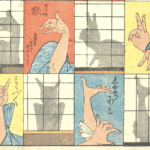
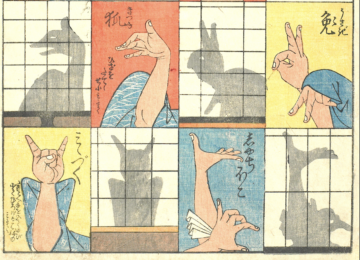
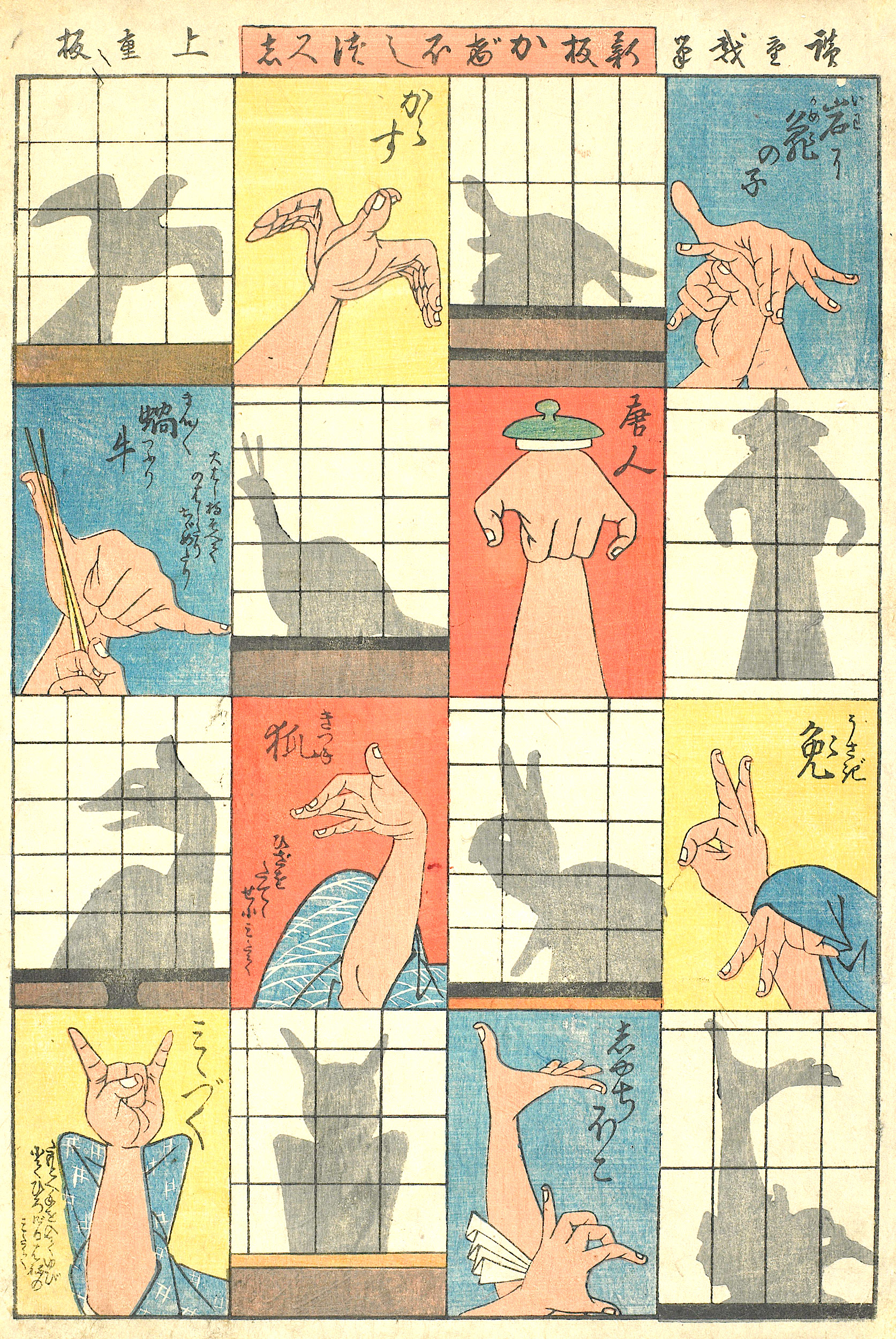
Even if the name Utagawa Hiroshige doesn’t ring a bell, “Hiroshige” by itself probably does. And on the off chance that you’ve never heard so much as his mononym, you’ve still almost certainly glimpsed one of his portrayals of Tokyo — or rather, one of his portrayals of Edo, as the Japanese capital, his hometown, was known during his lifetime. Hiroshige lived in the 19th century, the end of the classical period of ukiyo-e, the art of woodblock-printed “pictures of the floating world.” In that time he became one of the form’s last masters, having cultivated not just a high level of artistic skill but a formidable productivity.
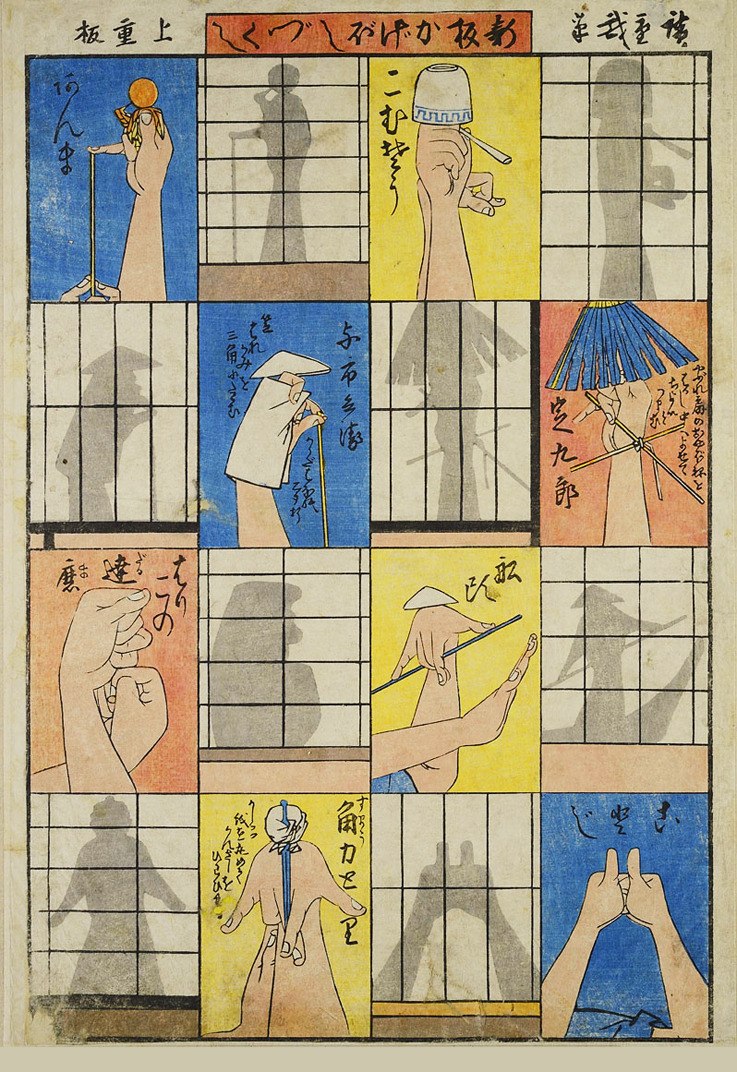
In total, Hiroshige produced more than 8,000 works. Some of those are accounted for by his well-known series of prints like The Fifty-three Stations of the Tōkaidō, The Sixty-nine Stations of the Kisokaidō, One Hundred Famous Views of Edo. But his mastery encompassed more than the urban and rural landscapes of his homeland, as evidenced by this much humbler project: a set of omocha-e, or instructional pictures for children, explaining how to make shadow puppets.
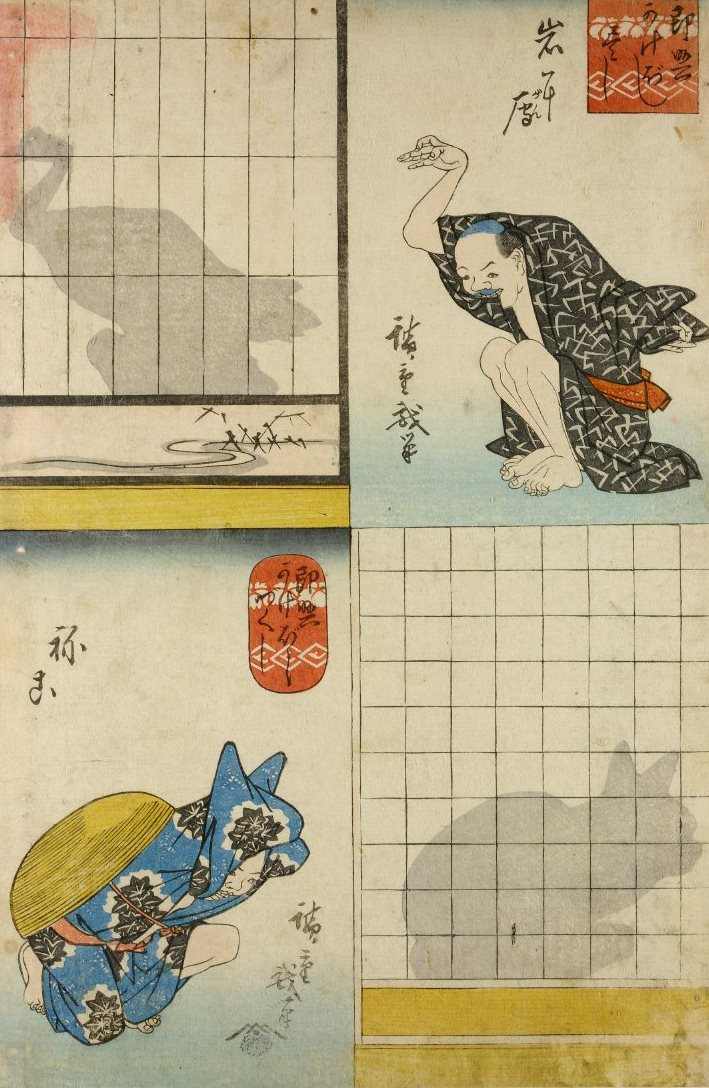
Hiroshige explains in clear and vivid images “how to twist your hands into a snail or rabbit or grasp a mat to mimic a bird perched on a branch,” writes Colossal’s Grace Ebert. “Appearing behind a translucent shoji screen, the clever figures range in difficulty from simple animals to sparring warriors and are complete with prop suggestions, written instructions for making the creatures move — ‘open your fingers within your sleeve to move the owl’s wings’ or ‘draw up your knee for the fox’s back’ — and guides for full-body contortions.” The difficulty curve does seem to rise rather sharply, beginning with puppets requiring little more than one’s hands and ending with full-body performances surely intended more for amusement than imitation.
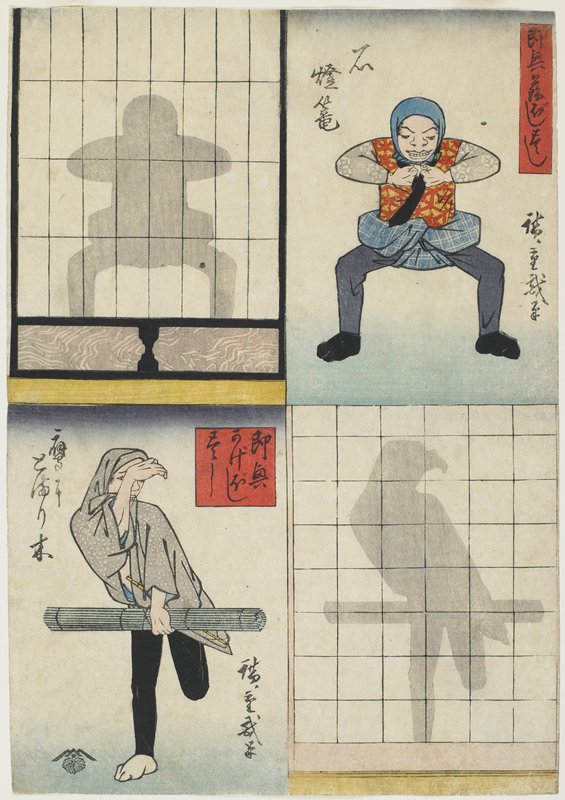
But then, kids take their fun wherever they find it, whether in 2021 or in 1842, when these images were originally published. Though it was a fairly late date in the life of Hiroshige, at that time modern Japan hadn’t even begun to emerge. The children who entertained themselves with his shadow puppets against the shoji screens of their homes would have come of age with the arrival of United States Commodore Matthew C. Perry’s “black ships,” which began the long-closed Japan’s process of re-opening itself to world trade — and set off a whirlwind of civilizational transformation that, well over a century and a half later, has yet to settle down.
Related Content:
Wagashi: Peruse a Digitized, Centuries-Old Catalogue of Traditional Japanese Candies
The Groundbreaking Silhouette Animations of Lotte Reiniger: Cinderella, Hansel and Gretel, and More
Jim Henson Teaches You How to Make Puppets in Vintage Primer From 1969
Based in Seoul, Colin Marshall writes and broadcasts on cities, language, and culture. His projects include the Substack newsletter Books on Cities, the book The Stateless City: a Walk through 21st-Century Los Angeles and the video series The City in Cinema. Follow him on Twitter at @colinmarshall or on Facebook.
Hiroshige, Master of Japanese Woodblock Prints, Creates a Guide to Making Shadow Puppets for Children (1842) is a post from: Open Culture. Follow us on Facebook and Twitter, or get our Daily Email. And don't miss our big collections of Free Online Courses, Free Online Movies, Free eBooks, Free Audio Books, Free Foreign Language Lessons, and MOOCs.
0 Commentaires